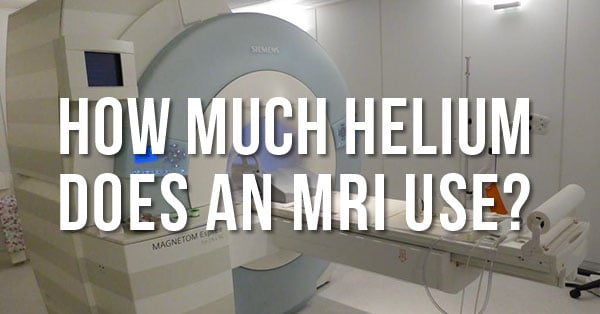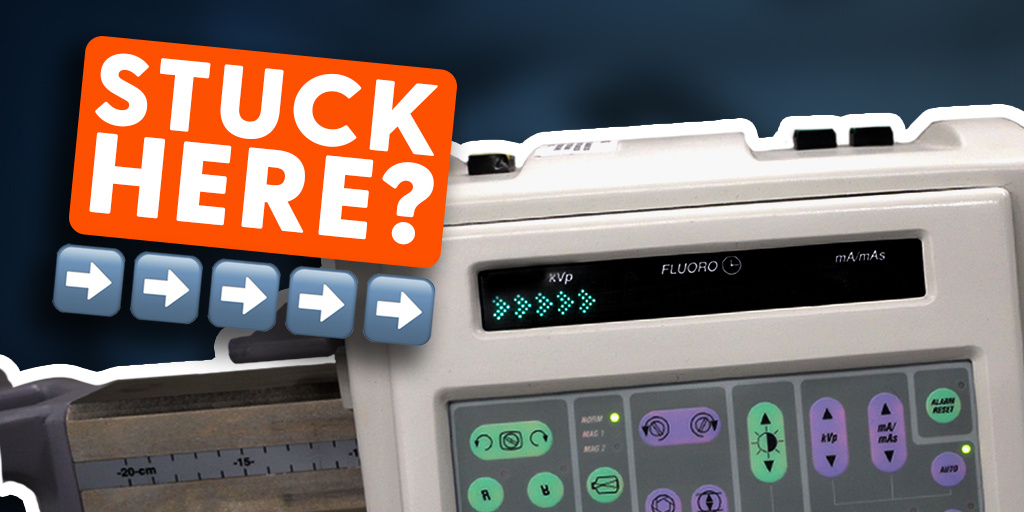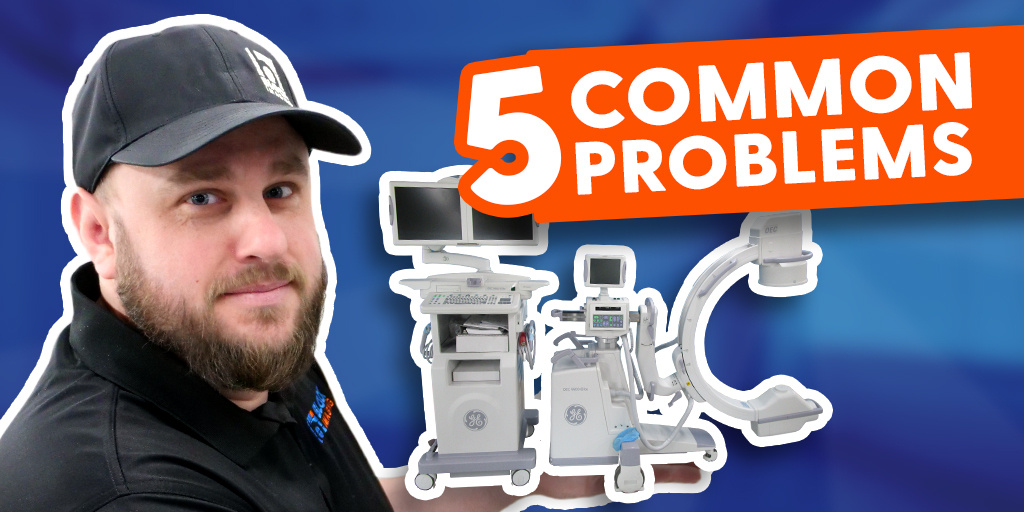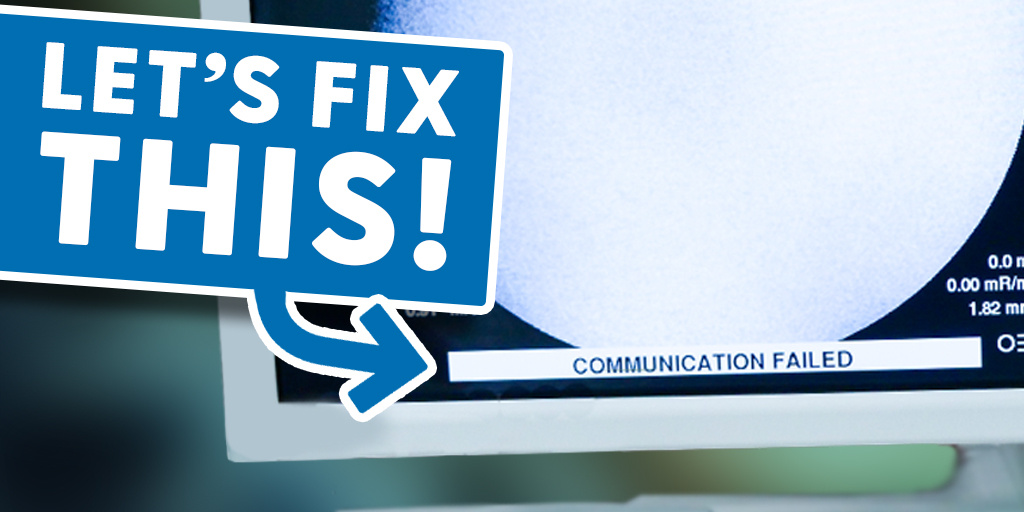
In recent years, helium has become more scarce and, therefore, expensive. Meanwhile, the race has been on among magnet manufacturers to dramatically reduce or even eliminate helium “burn” or “boil off” in an MRI. Fortunately, there have been a number of successes in that endeavor. But, just because the technology exists to bring helium consumption levels to all-time lows doesn't mean that most systems in the field today operate at that level.
The following is a breakdown of typical helium loss rates among popular MRI models; some long-standing workhorses, others just beginning their years of service to patients in the field.
Permanent Magnets
The permanent magnet category generally encompasses magnets with a field strength of .8T or less. These systems do not require helium cooling. Examples include the Hitachi Airis II or Airis Elite, Siemens Magnetom Open C, GE Ovation, or Philips Panorama.
1.5T Magnets Circa 1997-2005
On average, 1.5T magnets manufactured between 1997-2005 expend between 1% - 3% of their total helium capacity per month. This has a significant impact on fill frequency and service expenses. Examples of these magnets include the Siemens Symphony (OR magnet), Toshiba Titan and Vantage, and the Philips Intera and Achieva models.
Some of these units need to be refilled when their helium reaches 60%, while others can go as low as 40% before increasing the risk of quenching. In either case, the user will need to schedule more fills and use more helium than users with systems in our next category.
1.5T and 3T Magnets Circa 2005-Present
2005 marked the advent of “zero boil-off” magnets. These magnets are filled with similar quantities of helium to their predecessors, but use more advanced coldhead technologies to recondense helium vapors and return them to the supply as liquid. In a zero boil-off magnet, significant helium loss should only take place if the coldhead is temporarily down. Barring prolonged coldhead failure, zero boil-off users can go 7-10 years before needing even a top-off of their helium.
Zero boil-off units include the Siemens Avanto (OR105 magnet), Siemens Espree (OR122 magnet), Siemens Aera, and the GE 9.1X - 23X units with CXK4 magnets.
The Takeaway
With helium prices high and few signs of relief in the near future, the purchase of a zero boil-off magnet offers a more feasible and affordable upgrade path. Zero boil-off technology is advanced and the cost of parts is higher, but the overall service pricing on them is comparable to the previous generation due to the reduced expense of helium fills. Add up the annual savings on helium ($20,000+ in some cases) across the life of the system, and the offset to the cost of acquisition becomes even more compelling.
If you'd like to know more about zero boil-off magnets, permanent magnets, or MRI parts and service, our team can help with all of the above. Click the button below to connect with our team of experts today!

Josh Block
Josh Block is the President of Block Imaging. As a part of the second generation of Blocks to lead Block Imaging, Josh carries on the family passion for putting people first, delivering memorable service, and improving lives all over the world by empowering medical care providers with high-quality equipment. Aside from work Josh enjoys being a husband and dad, playing golf. And, before turning 40, Cheetos and cherry coke.



